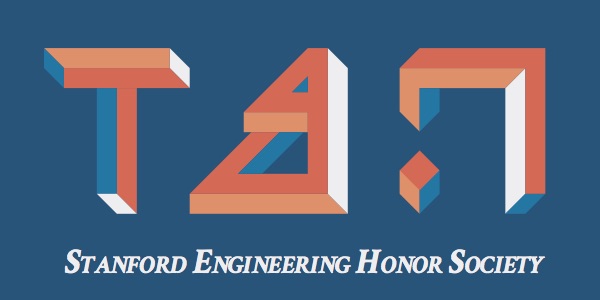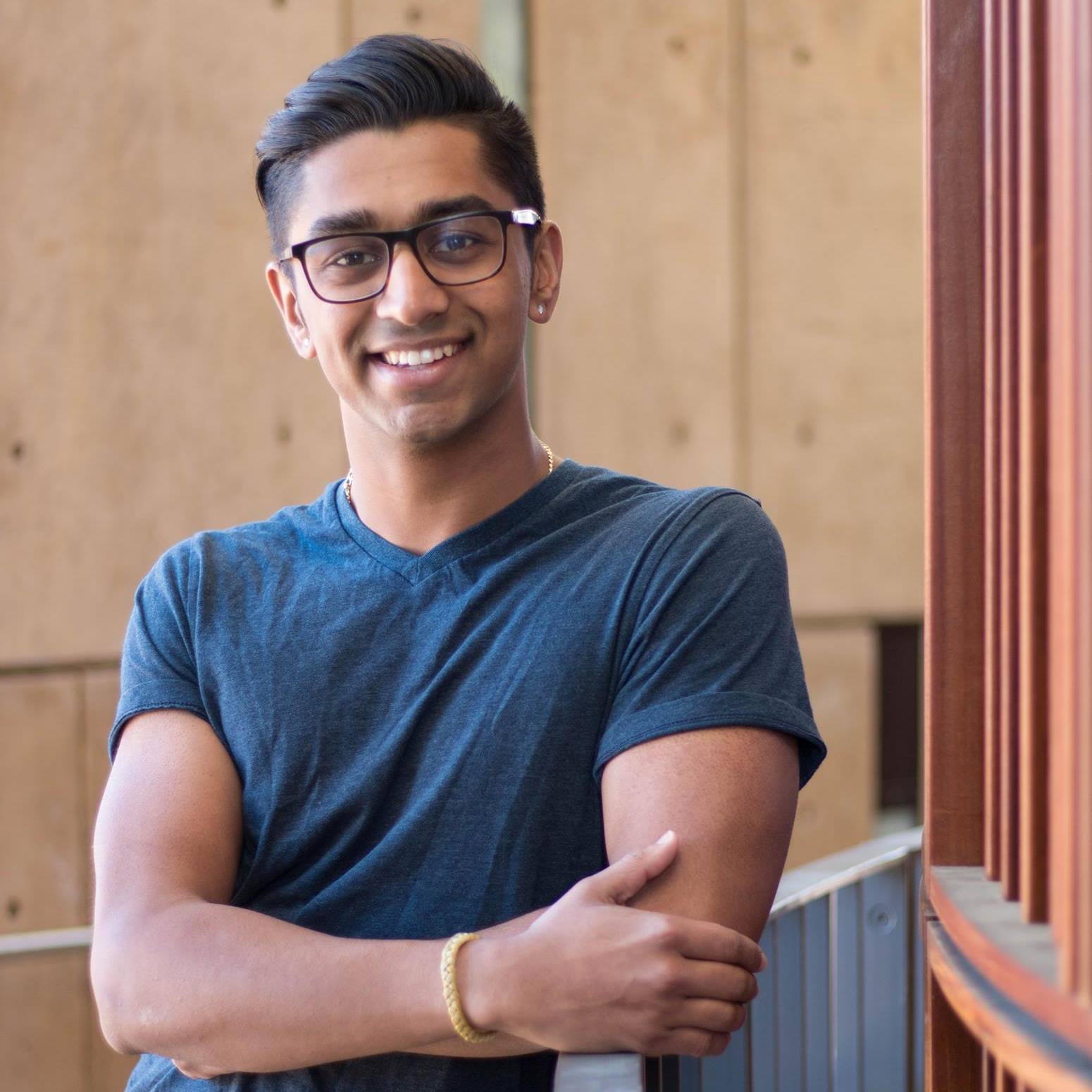As the countdown to graduation began, I, like many other Stanford seniors, was eager to fulfill my general education requirements, referred to as Ways of Thinking/Ways of Doing, or just Ways for short. My last unfulfilled Ways was Engaging Diversity, thus, as I began to plan my Fall Quarter, I was on the hunt for a class that satisfied that requirement. There were almost 200 classes to choose from, but I settled on Urban Studies 164: Sustainable Cities. I had a mild interest in environmental technology. Solar panels and water filtration are interesting, so I decided to give it a go.
On the first day of class, I was surprised that the focus of the class wasn’t on hydrogen fuel cells and electric cars. Rather, environmental health was just one of four aspects of sustainability we would be tackling. The others were cultural continuity, social equity and economic vitality. This broadened definition of sustainability, going beyond greenhouse gases and air quality indexes, was especially impactful on the day we talked about transportation in the Bay Area. I, like many computer science students interested in technology, had spent a summer interning at one of the large technology firms just miles from campus. I, like many other broke college students, did not have a car and benefitted from the shuttle service provided as a free perk of the job. Every morning, I walked a few minutes to the nearest stop, hopped on the bus, and arrived to work without issue. I brought this up as an avenue to increase sustainability. The buses were quite full and eliminated at least hundreds, if not thousands, of mostly single-occupancy cars from the road. While my classmates agreed that the shuttles helped with environmental health, I was challenged to also consider the soaring housing prices near newly-placed shuttle stops that make long-time residents unable to afford to stay. They are often replaced by tech workers, eager to be closer to the shuttle stop and able to afford higher rent. Perhaps certain shuttle stops are to the detriment to cultural continuity?
After the end of the quarter, through many eye-opening discussions, I better saw effects within the social and cultural realms. I walked away with a new perspective, which I am now applying to my CS210 project. CS210 is senior project class where you create software in partnership with corporations. My team was paired with Oracle, with the task of creating any social-good technology to “save the world.” We are now tackling the issue of employment opportunities for formerly incarcerated individuals. Within the space, it’s easy to identify un-met needs. The need for technological education for someone who has been unconnected for a number of years and the need for mock interviews for someone that has never applied for a legal job before. What’s difficult to do is to create solutions that solve the problem and will actually be used. Especially when designing for a user group that is entrenched in complex social policy and cultural biases, the urban studies class I took last quarter is really helping me understand how the solution has to fit within a larger ecosystem. Beyond economic vitality, my team is being challenged to consider the cultural continuity and social equity concerns that our solution has to address.
Blogger:
Katherine Erdman
Why did you choose to be an engineer?
I’m eager to make healthcare better, but all too squeamish to be a doctor. Thus, I choose computer science with an emphasis in biomedical computation. I’m interested in having computers read X-rays or predict the most effective drug for an individual’s cancer.
Hometown:
Ellicott City, MD
Class year:
2019
Field:
Computer science
Blogger bio:
Katherine is a senior whose interest in computer science was piqued at high school coding competitions. Outside of class, she can be found running the annual gala for the nonprofit she++ and organizing Viennese Ball, a Stanford social dance tradition.

